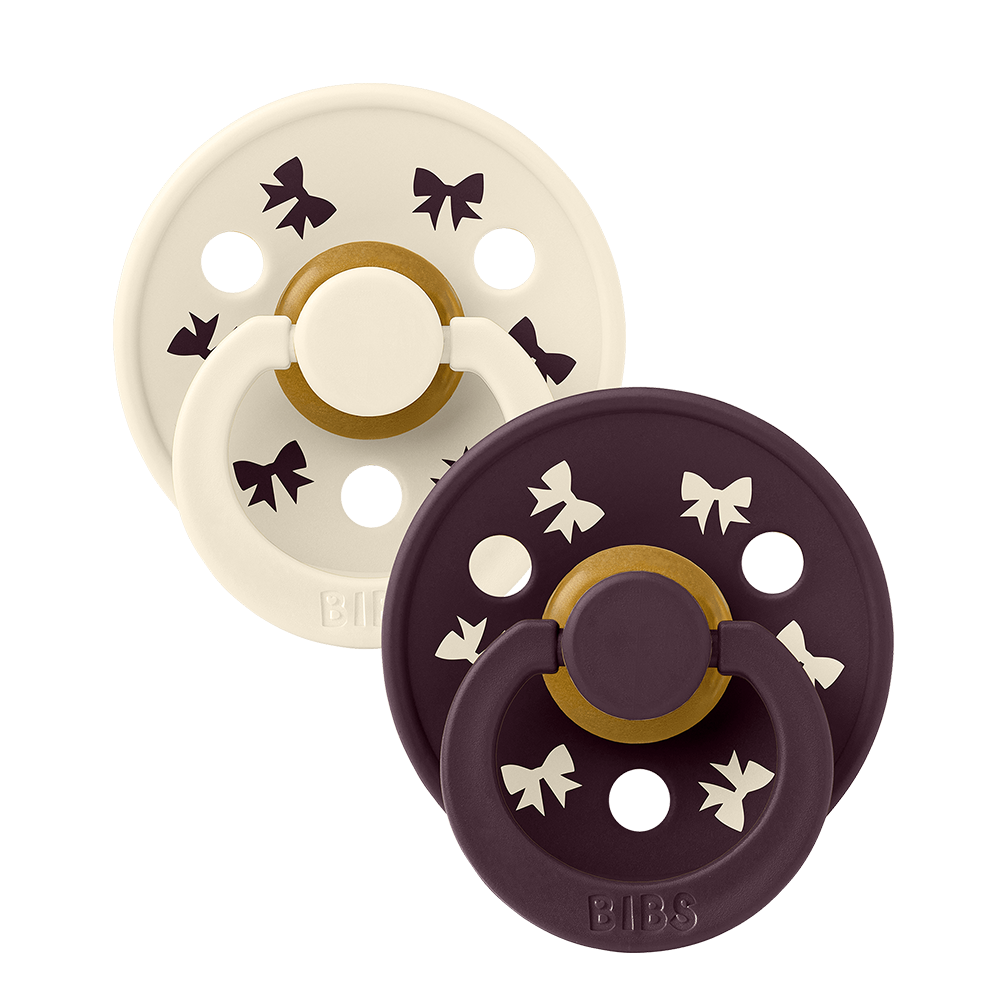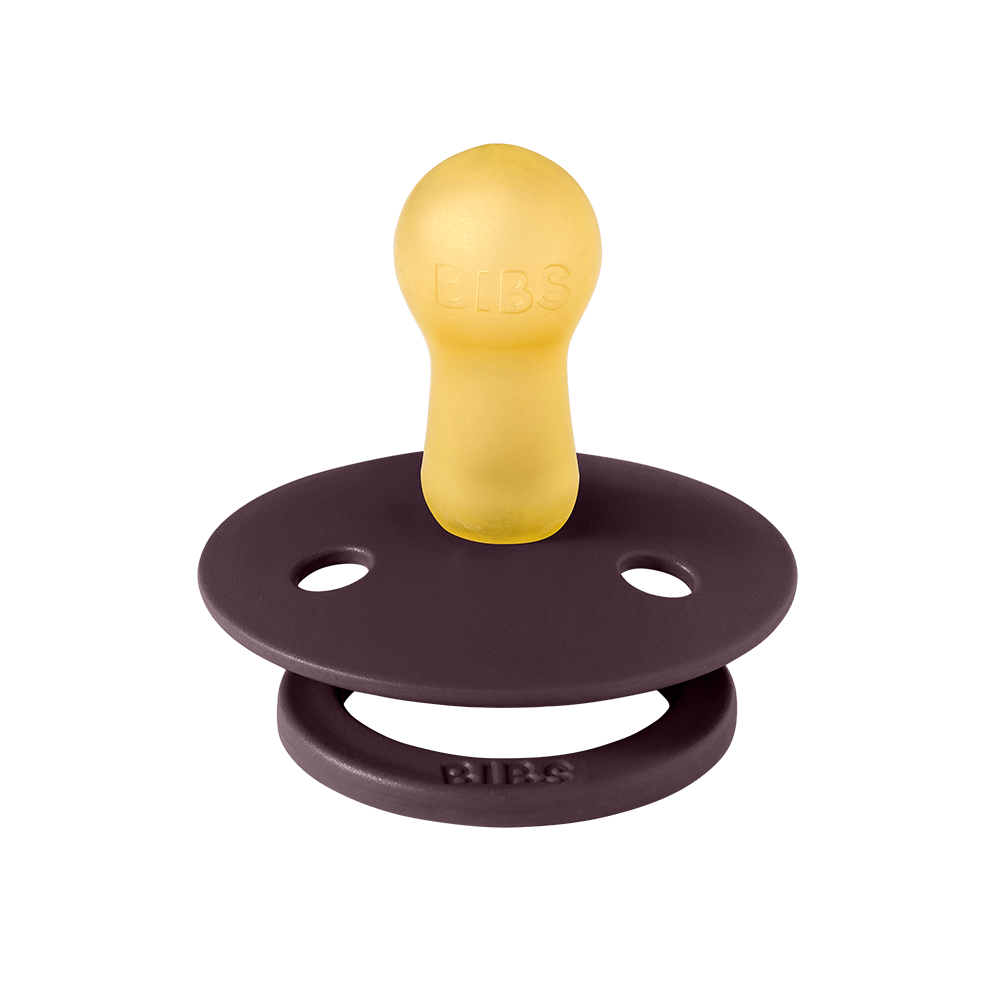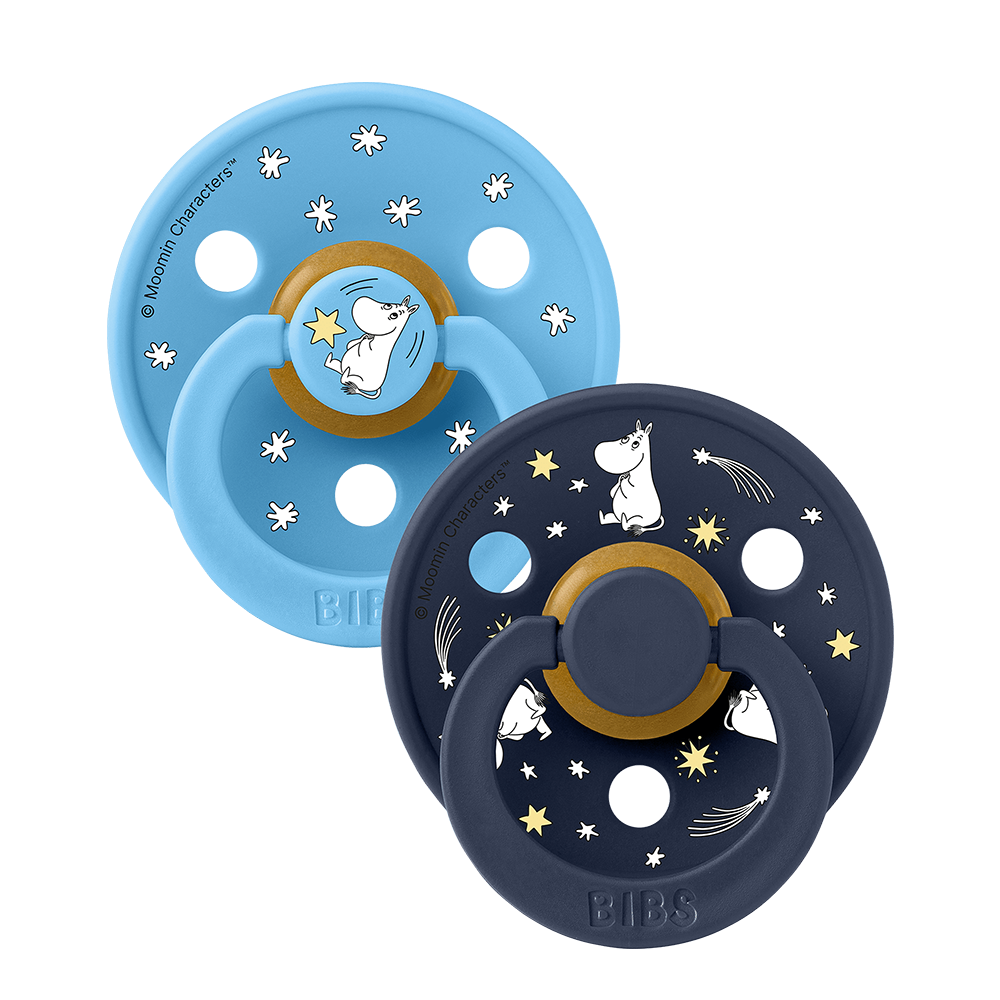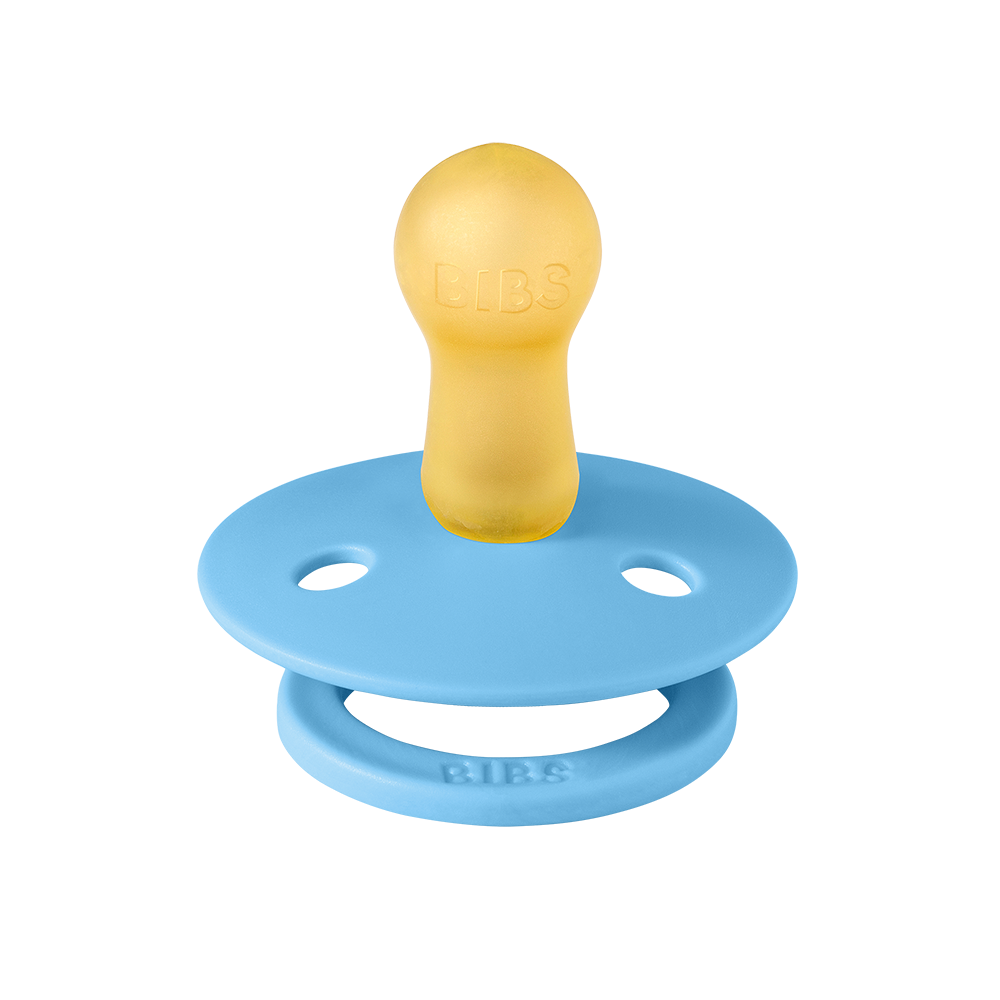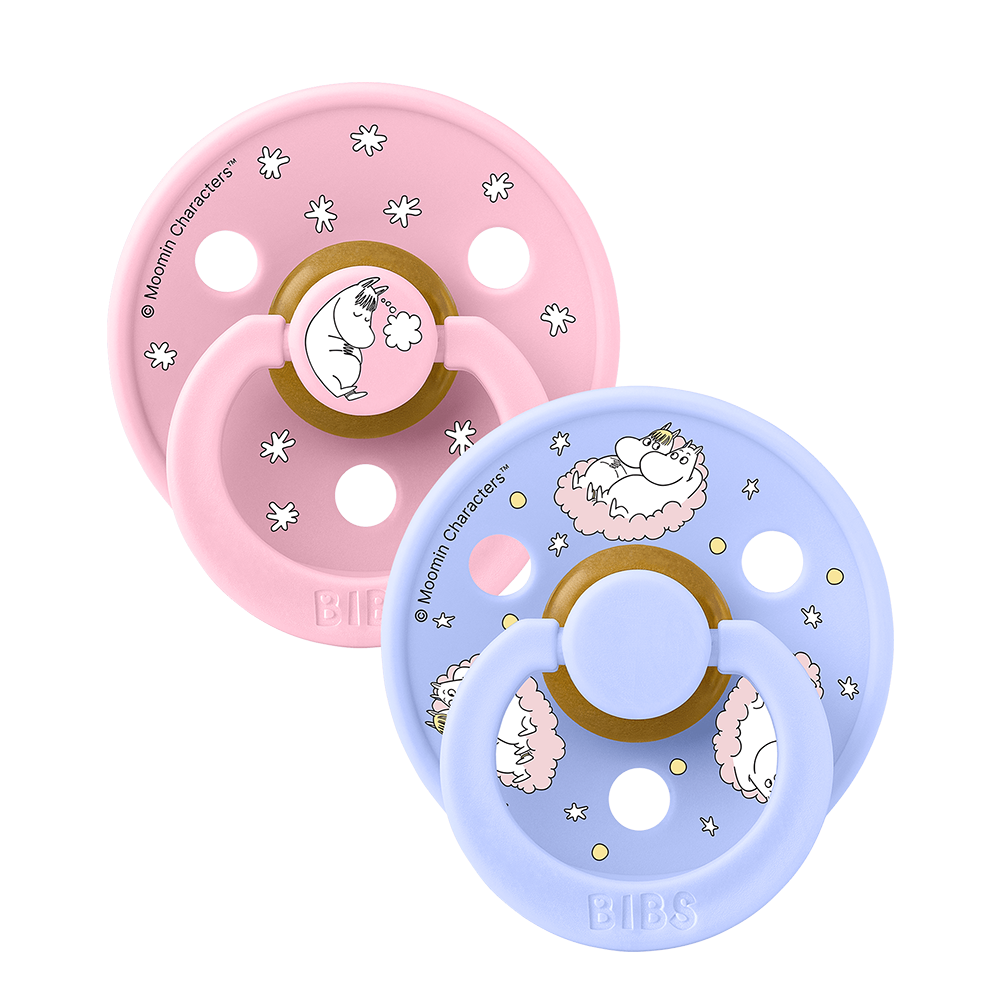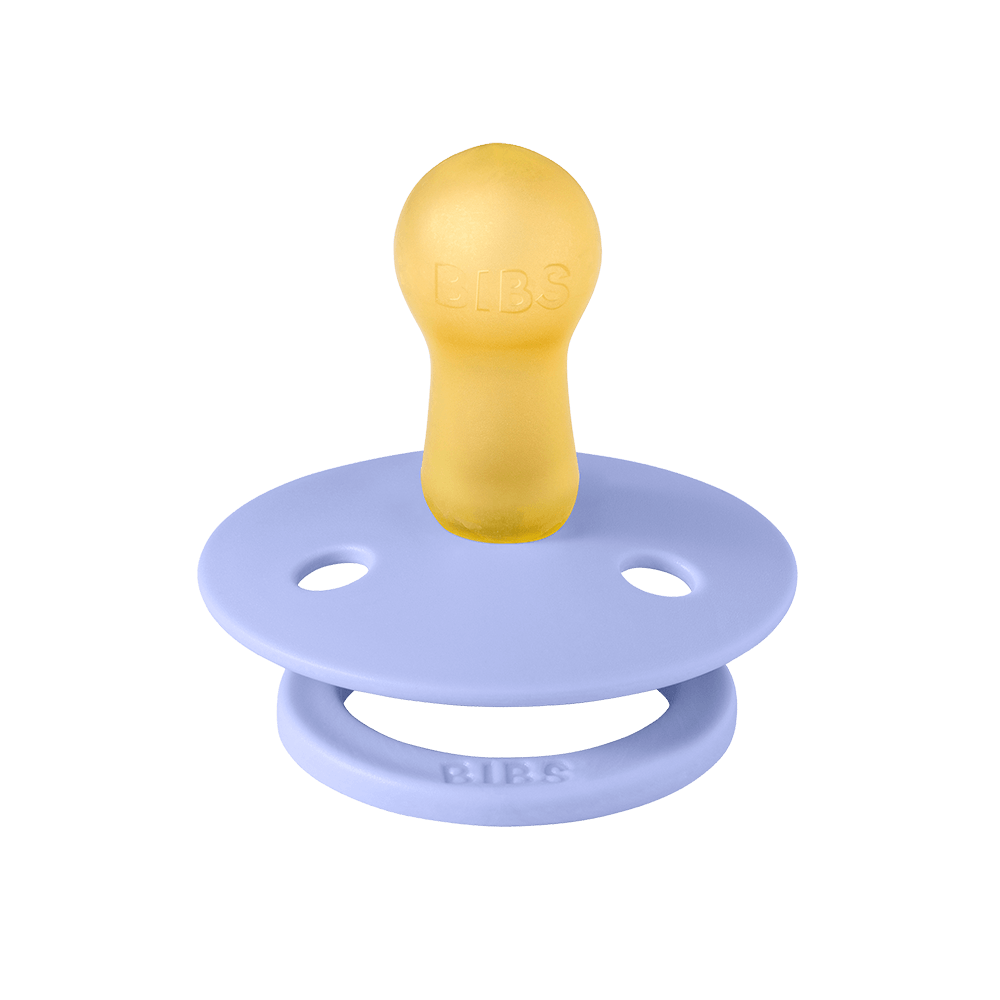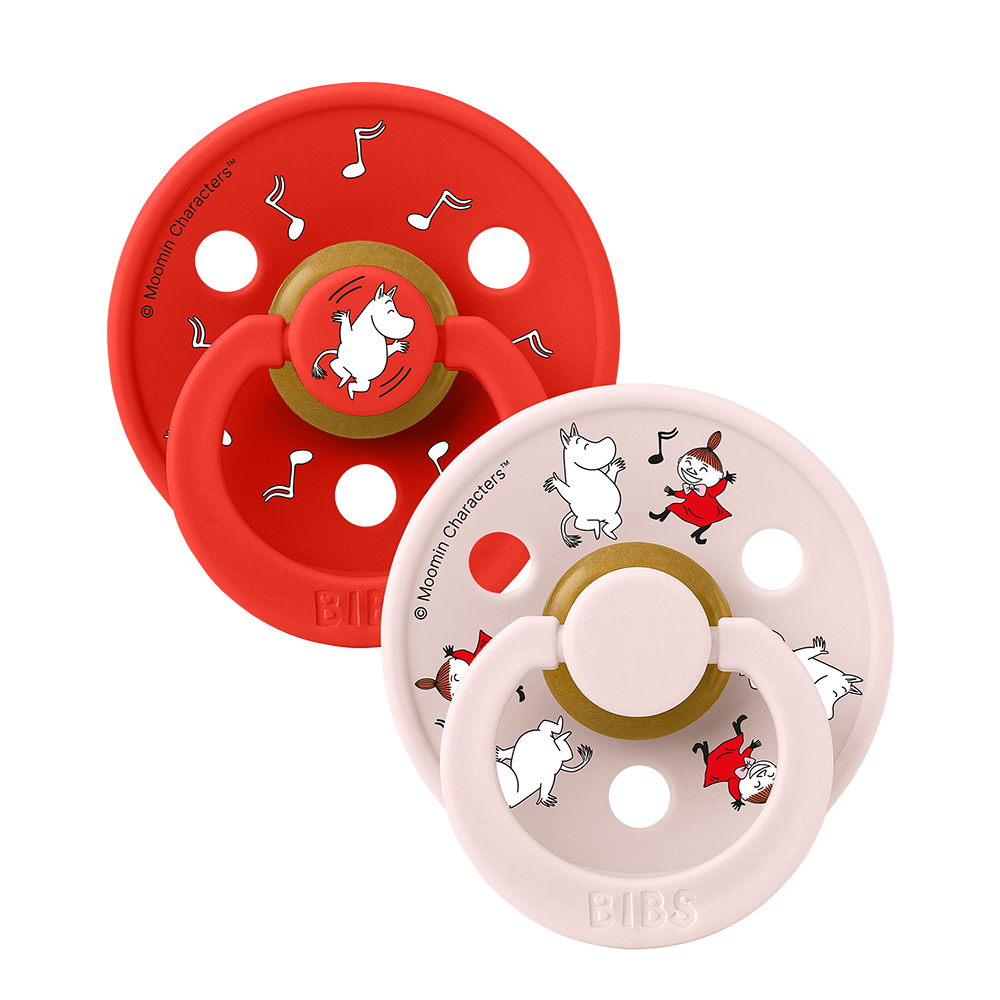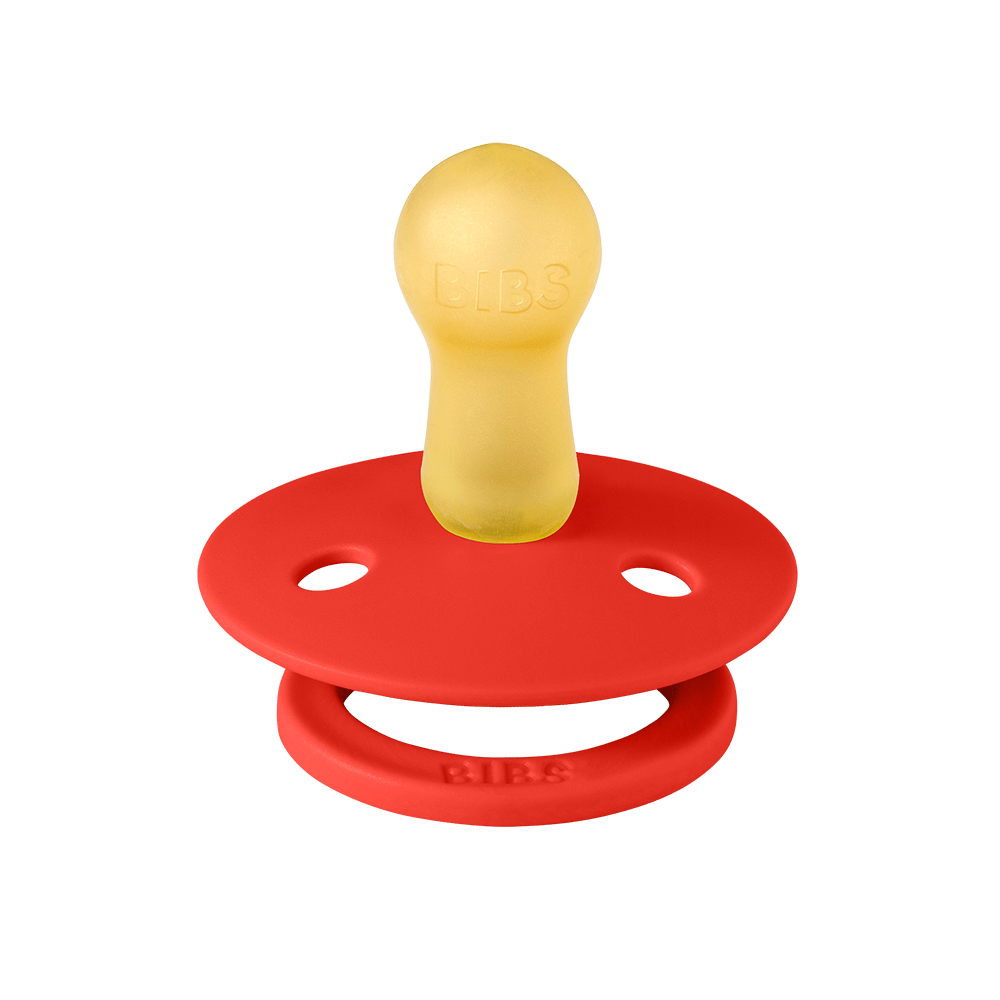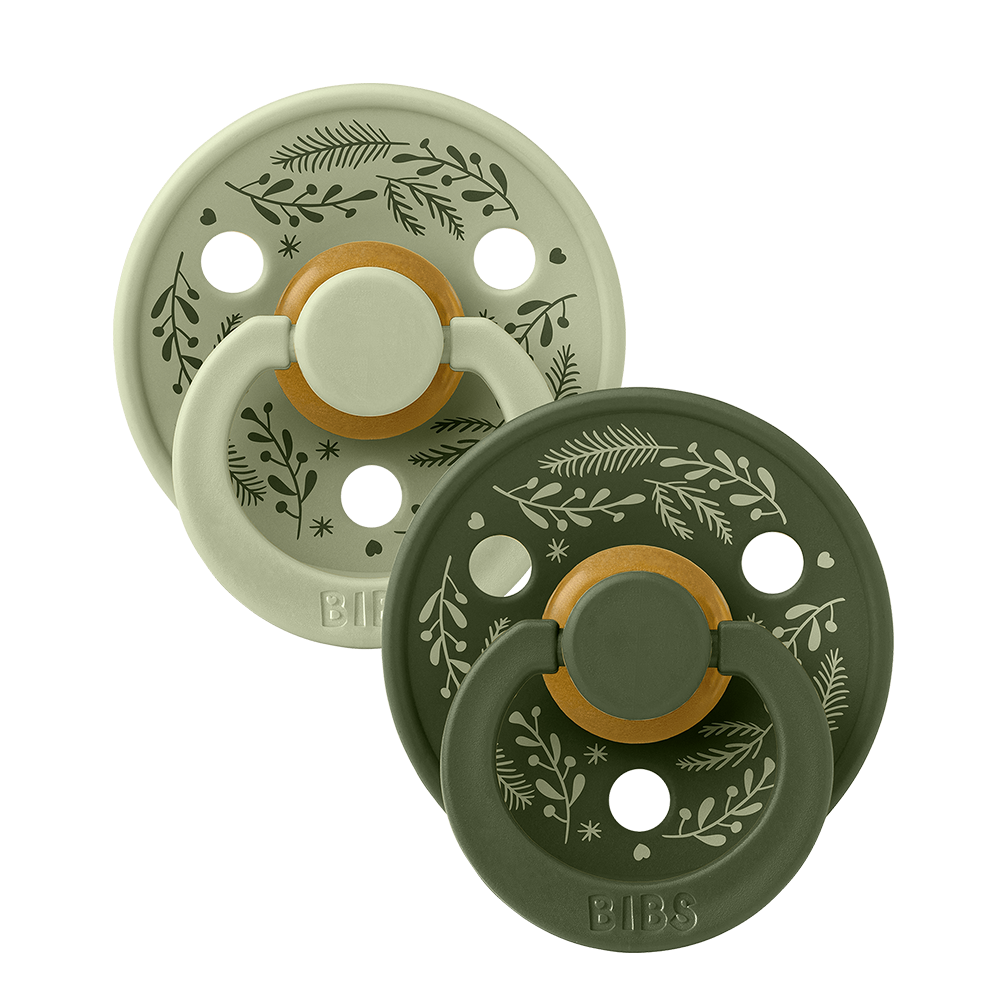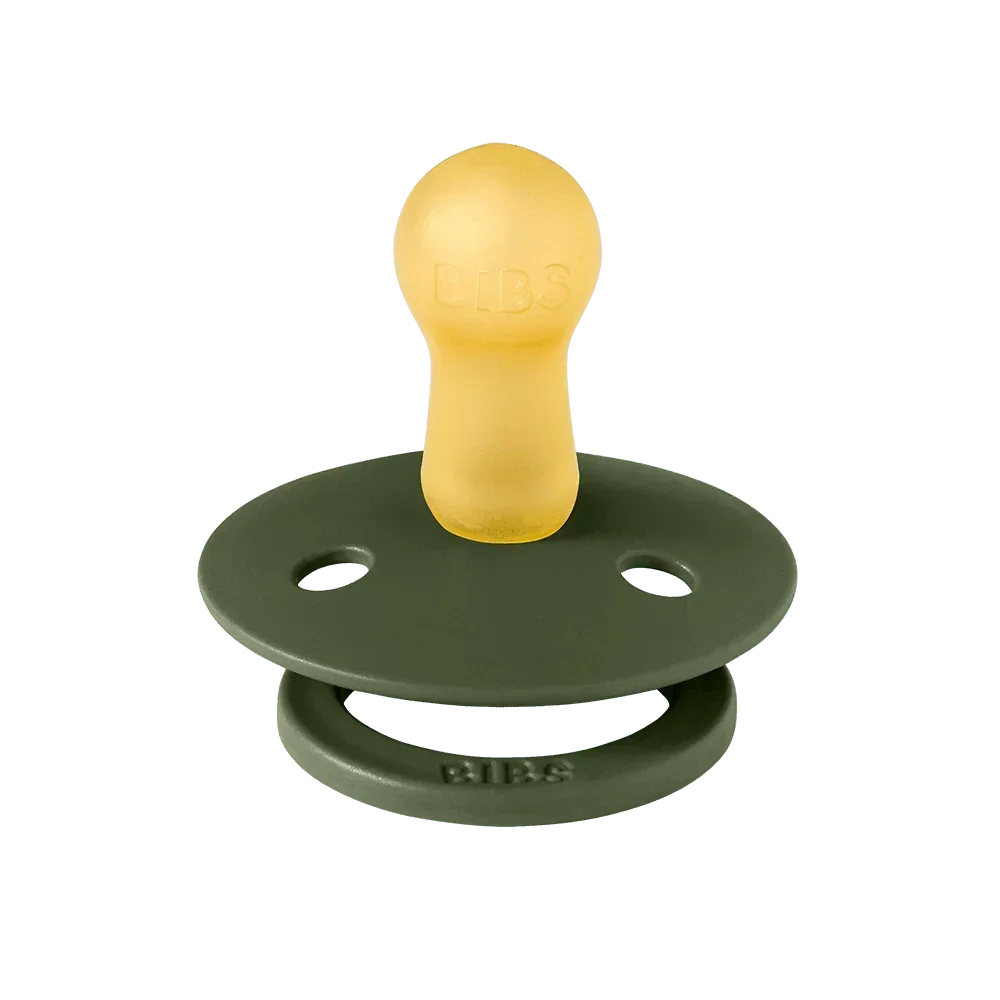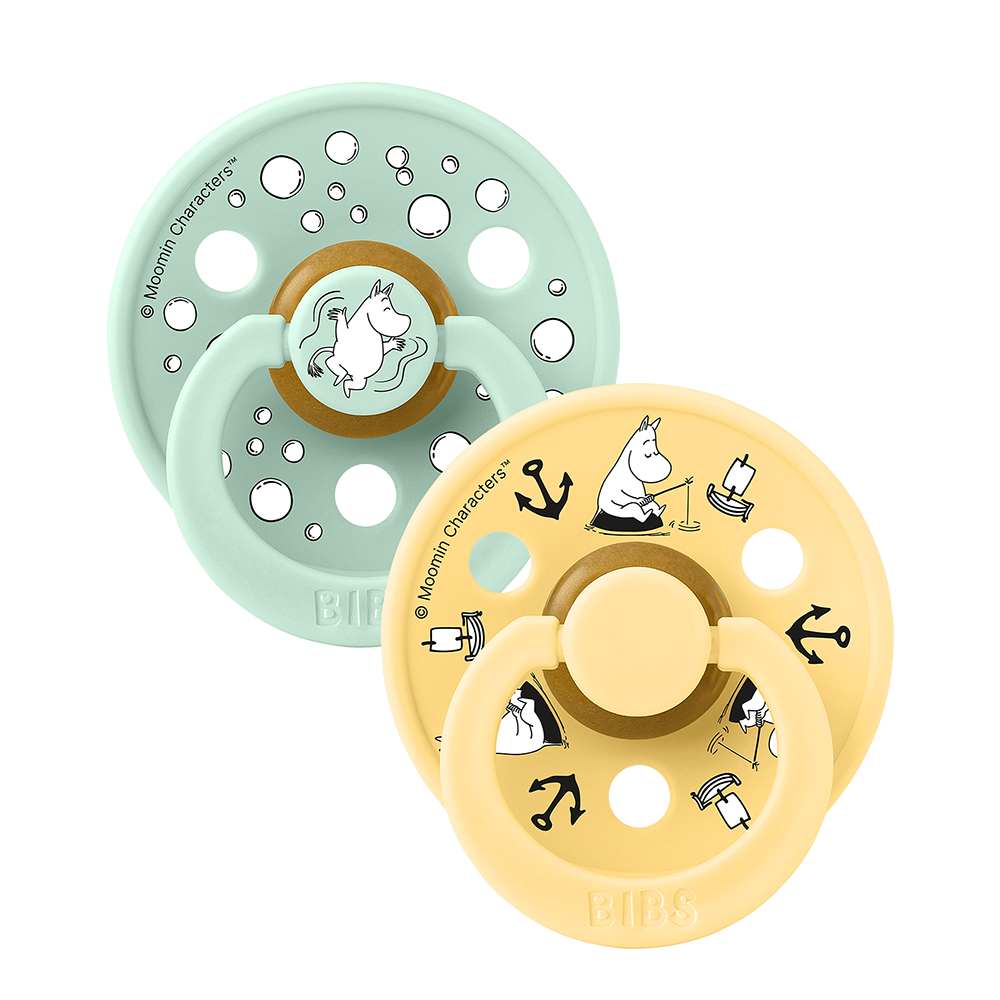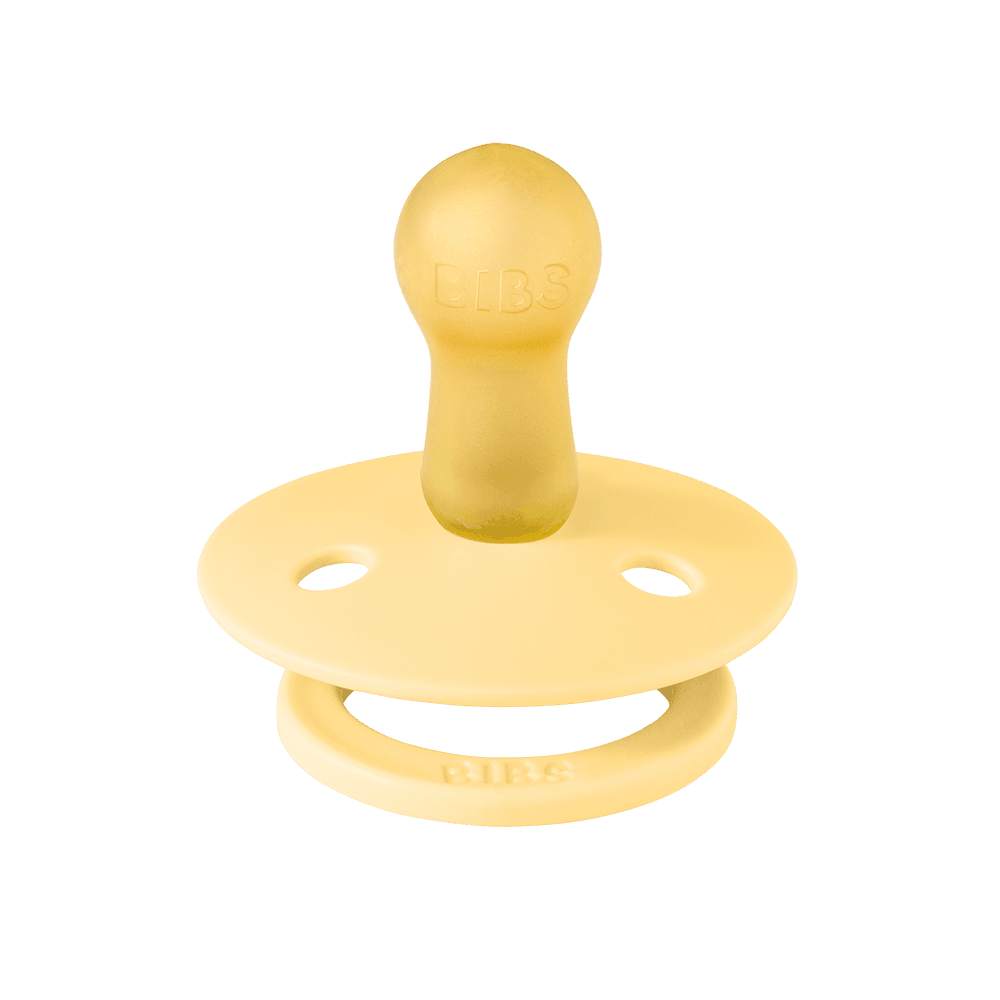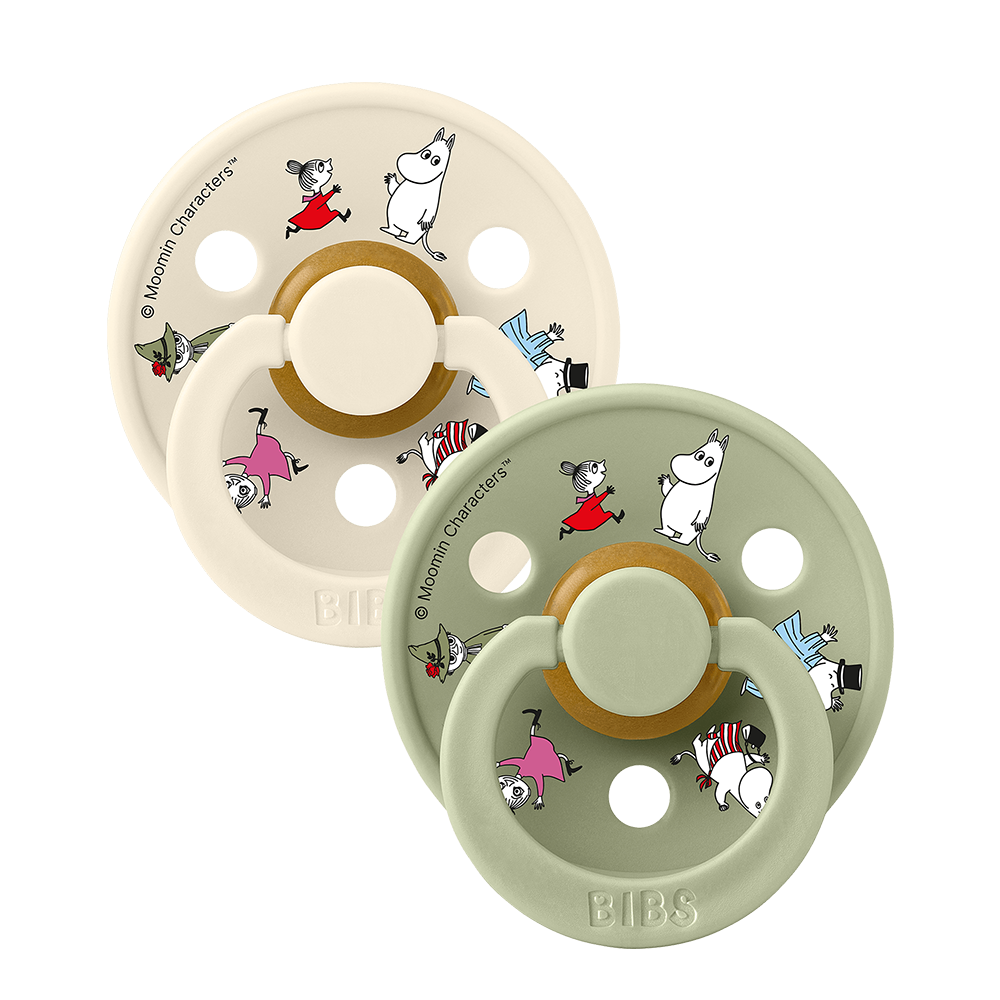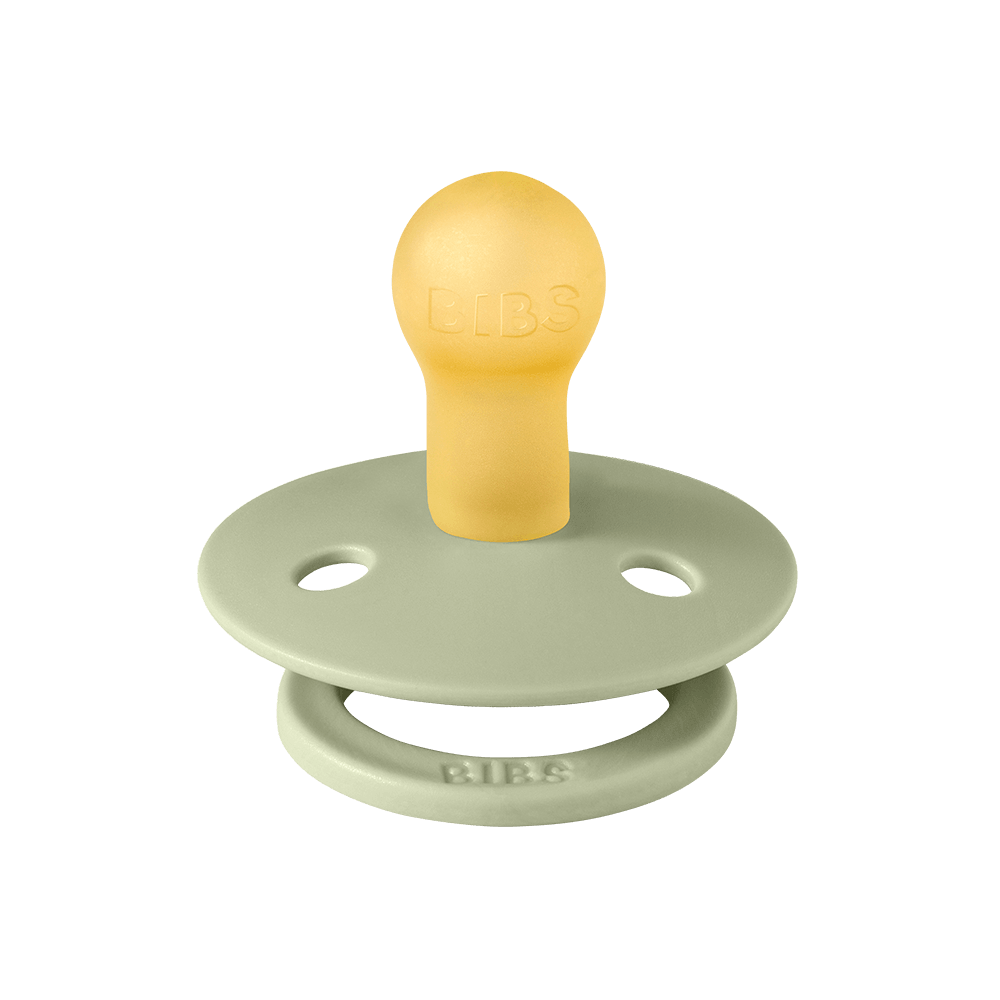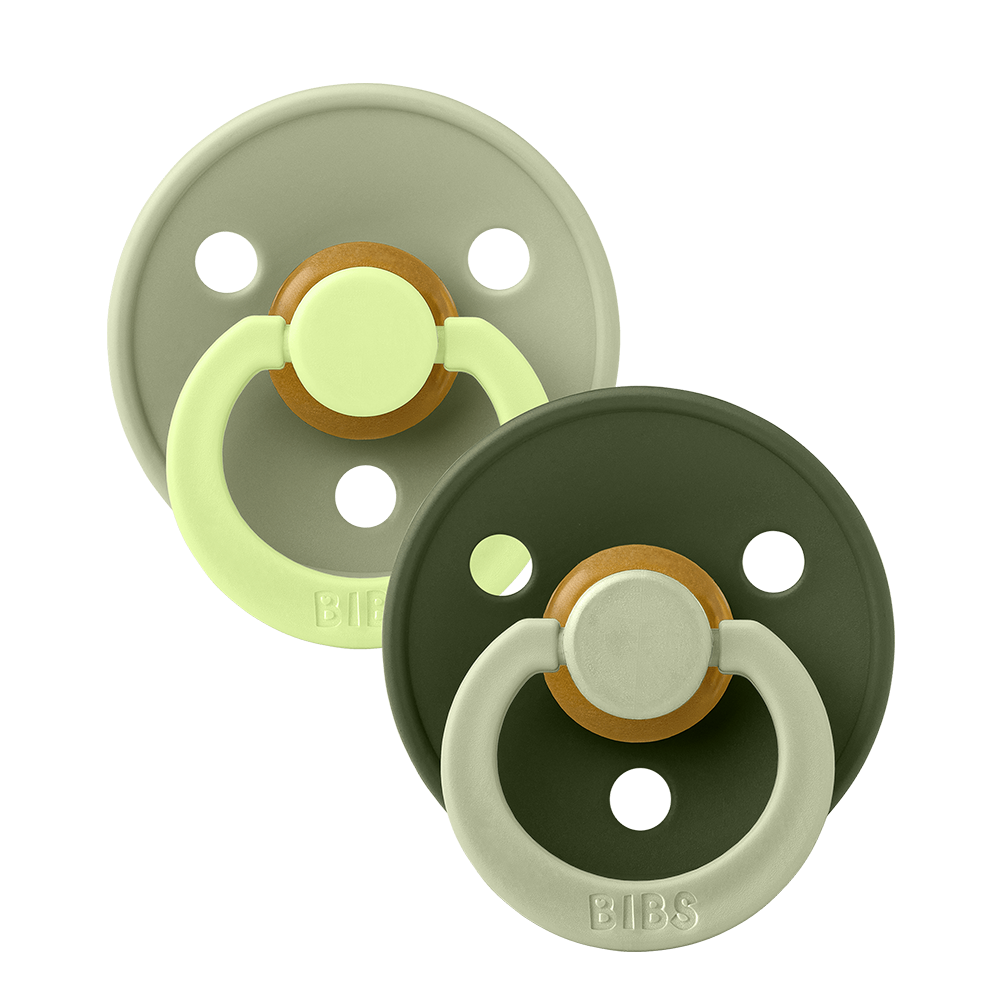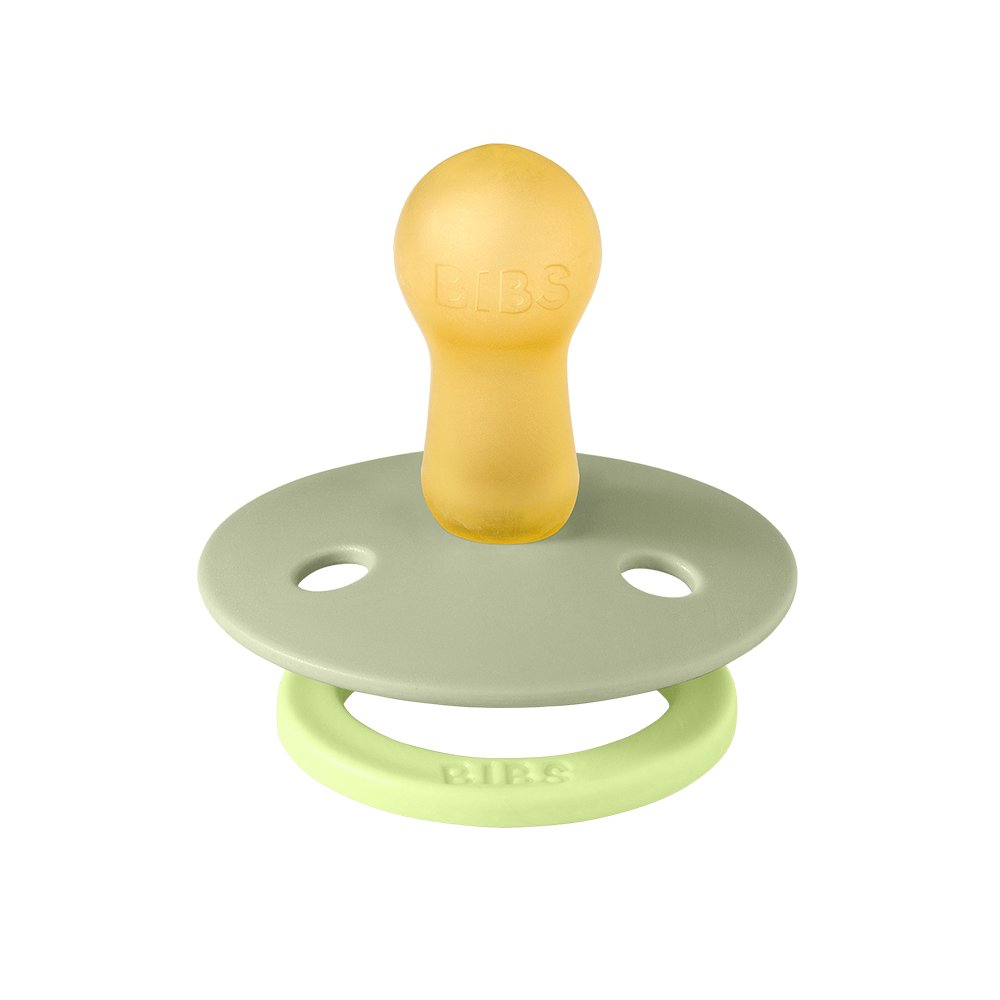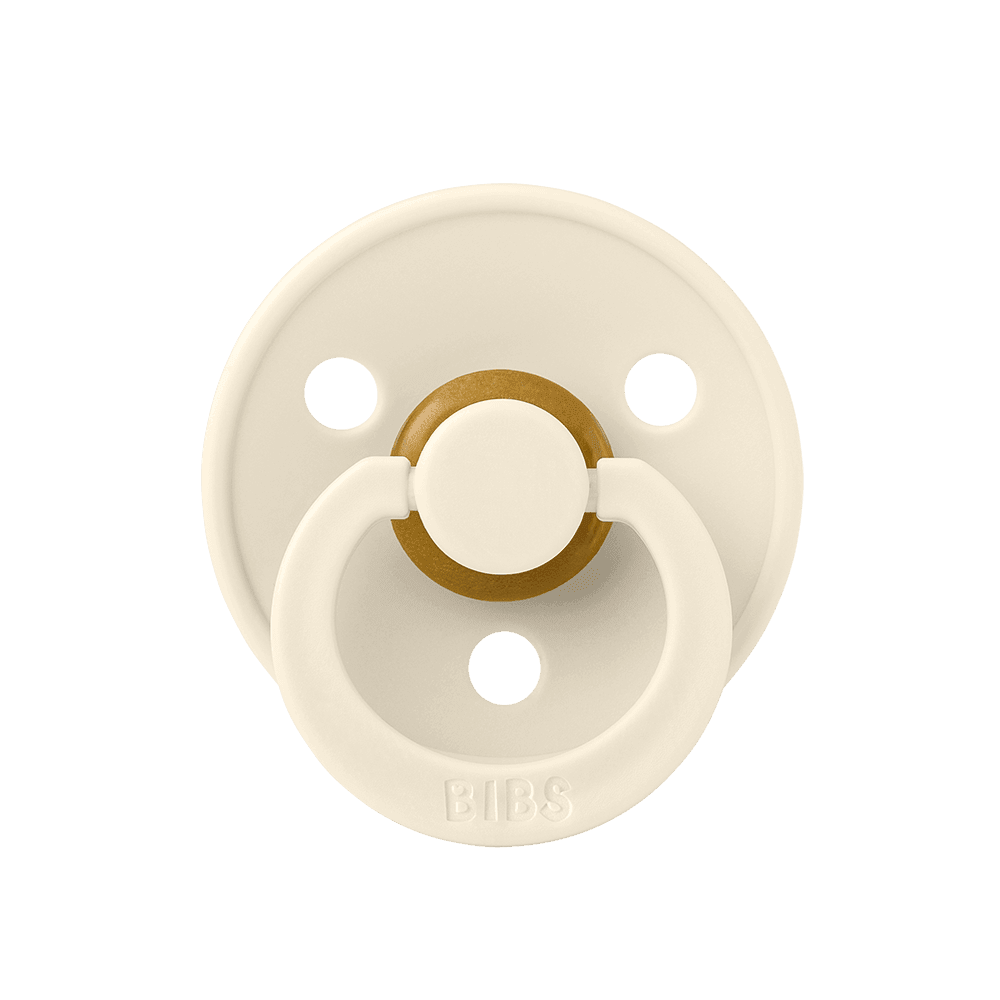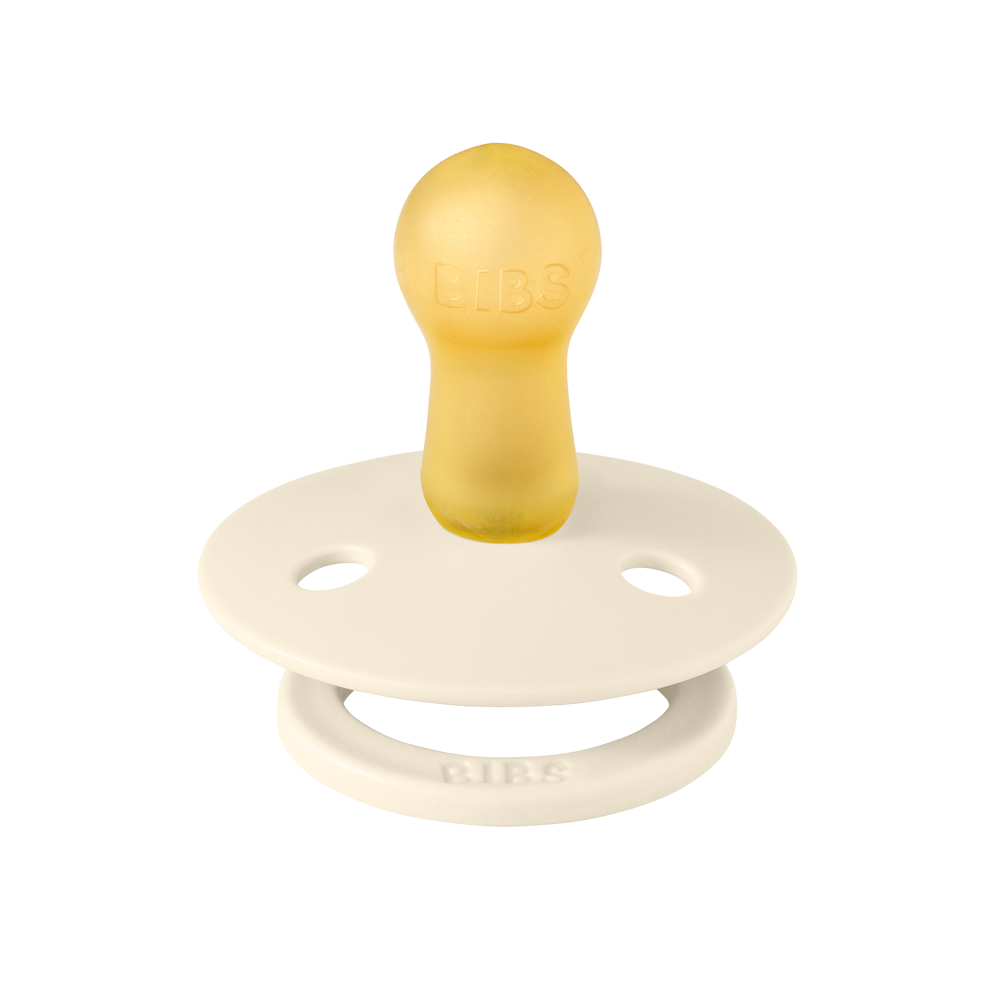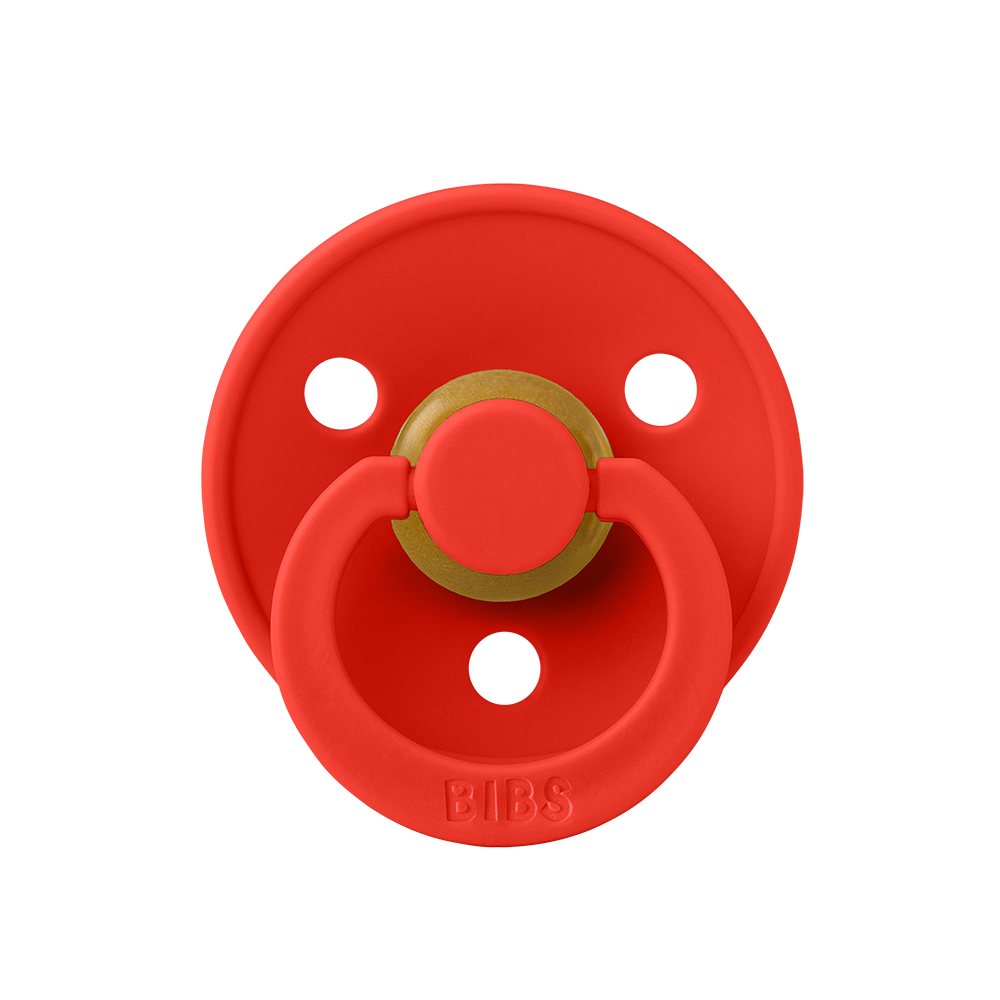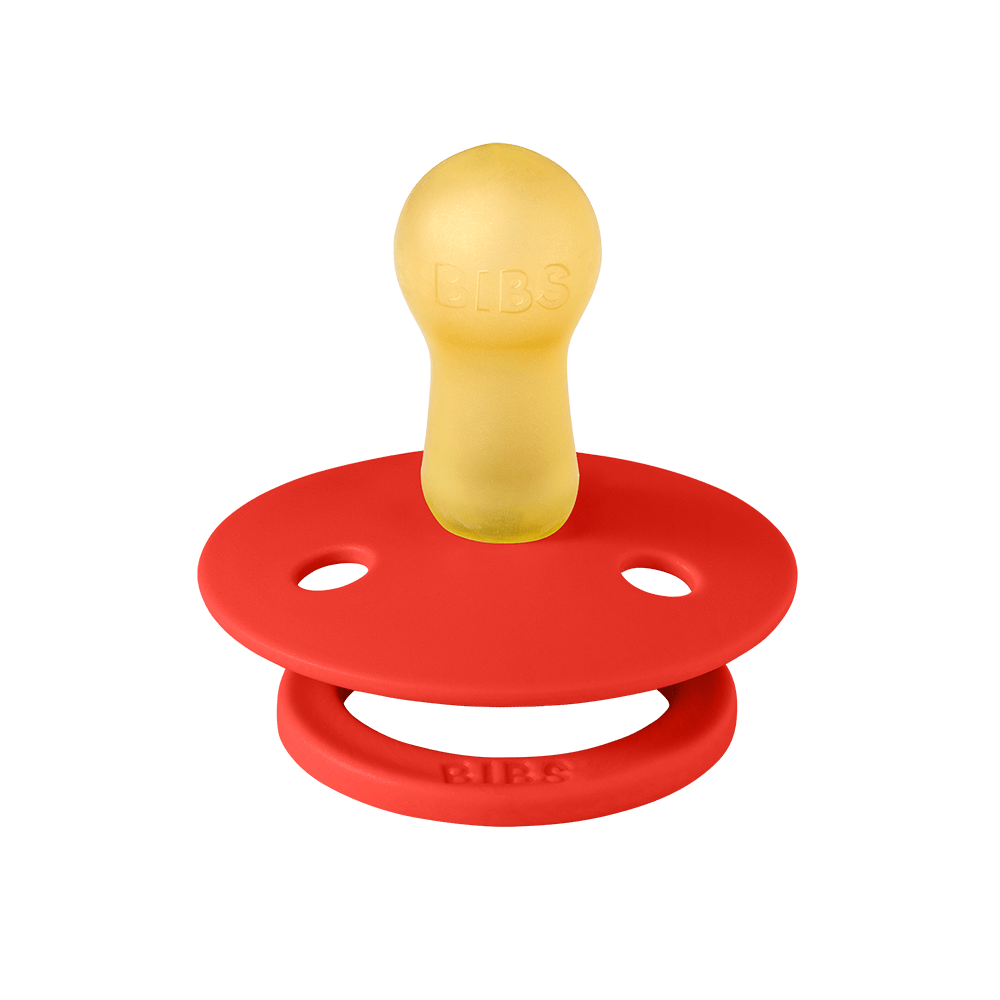
Parenthood is an incredible journey filled with countless decisions and choices, each holding the potential to shape your child's development and well-being. Pacifiers often find their way into the mix among the many baby essentials. In this blog post, we'll delve into the world of pacifiers and explore the numerous benefits they offer babies and parents.
Why use a pacifier?
From birth, babies have a natural sucking reflex. The baby will try to satisfy this need with the mother’s breast, a pacifier, a thumb, or other. Many Dental Associations support parents in the decision to introduce a pacifier. It is not only a vital reflex for the baby to get food, but sucking also has a calming effect on the baby, reminding the baby of something safe and familiar in an otherwise foreign world.
The benefits of using pacifiers
The controlled action of sucking promotes feelings of security (1) and allows infants to self-soothe (2) and initiate the process of self-regulation (3). Further, research shows that pacifier use may decrease the incidence of sudden infant death syndrome (4) and prevent a persistent finger-sucking habit.
-
Soothing and Comfort: Pacifiers can provide babies with a source of comfort and security (1). The act of sucking on a pacifier can help calm them, making it easier for them to fall asleep or relax.
-
Pain Relief: Pacifiers can provide pain relief for babies undergoing medical procedures such as vaccinations or blood tests. The sucking motion can help distract and comfort the baby during these uncomfortable moments (5,6).
-
Oral stimulation: Pacifier use may be beneficial if infants need early oral stimulation to develop or maintain the sucking reflex. This can be especially beneficial for premature babies (7).
- Prevent mouth breathing: Pacifiers counteract mouth breathing.
“Mouth breathing means that you frequently use your mouth to breathe instead of your nose, both day and night. It is better to breathe through the nose, as it protects the mucous membranes, increases oxygen uptake, counteracts cavities in the teeth, and counteracts an altered jaw position due to the tongue’s resting position.”
-
Reduced Sudden Infant Death Syndrome (SIDS) Risk: Studies have shown that using pacifiers during sleep can reduce the risk of SIDS. It's believed that sucking helps keep the airway open and promotes better breathing patterns (4). Important reminder: Always ensure supervision when using it during sleep.
- Counteract thumb-sucking: Since it is generally easier to wean your child from a pacifier habit than a thumb-sucking habit, the American Academy of Pediatrics (AAP) recommends pacifier use over thumb-sucking (8).
"One of the benefits of pacifiers is to prevent the baby does not start sucking on the thumb. Concerning teeth and jaws, the pacifier is preferable. It is very difficult for the baby to stop using their thumb whereas a pacifier can be taken away from the baby much more easily".
About Carina
Carina Løvstad graduated as a dental hygienist from Copenhagen University, Panum, in 2010. She owns the platform ‘Små Bisser’ and is the author of the book ‘Happy Teeth Make Happy Children 0-5 years’. She focuses on creating good and healthy routines for children's dental hygiene. In addition, she is the mother of 2 small children.
Check out the different BIBS pacifiers here >

Sources:
1. Staufert Gutierrez D, Carugno P. Thumb Sucking. [Updated 2021 May 19]. In: StatPearls [Internet]. Treasure Island (FL): StatPearls Publishing; January 2021. Available at: “https://www.ncbi.nlm.nih.gov/books/NBK 556112/”. Accessed February 26, 2022.
2. Augustyn M, Frank DA, Zuckerman BS. Infancy and toddler years. In: Carey WB, Crocker AC, Elais ER, Feldman HM, Coleman WL eds. DevelopmentalBehavioral Pediatrics. 4th ed. Philadelphia, Pa.: Saunders; 2009:24-38.
3. Michigan State University Extension, 2018, Self-regulation for infants and toddlers: www.canr.msu.edu/news/self-regulation-for-infants-and-toddlers - accessed 09.10.23
4. SIDS and other sleep-related infant deaths: Updated 2016 recommendations for a safe infant sleeping environment. Pediatrics. 2016;138(5):e20162938. doi:10.1542/peds.2016-2938
5. Tsao JCI, Evans S, Meldrum M, et al. A review of CAM for procedural pain in infancy: part I. sucrose and non-nutritive sucking. Evid Based Complement Alternat Med 2008;5:371–81.
6. Liaw JJ, Yang L, Ti Y, et al. Non-nutritive sucking relieves pain for preterm infants during heel stick procedures in Taiwan. J Clin Nurs 2010;19:2741–51.
7. Harding CM, Law J, Pring T. The use of non-nutritive sucking to promote functional sucking skills in premature infants: an exploratory trial. Infant. 2006;2:238–43.
8. Lynn Davidson, MD, 2008, Thumb and Finger Sucking, Pediatr Rev (2008) 29 (6): 207–208.
